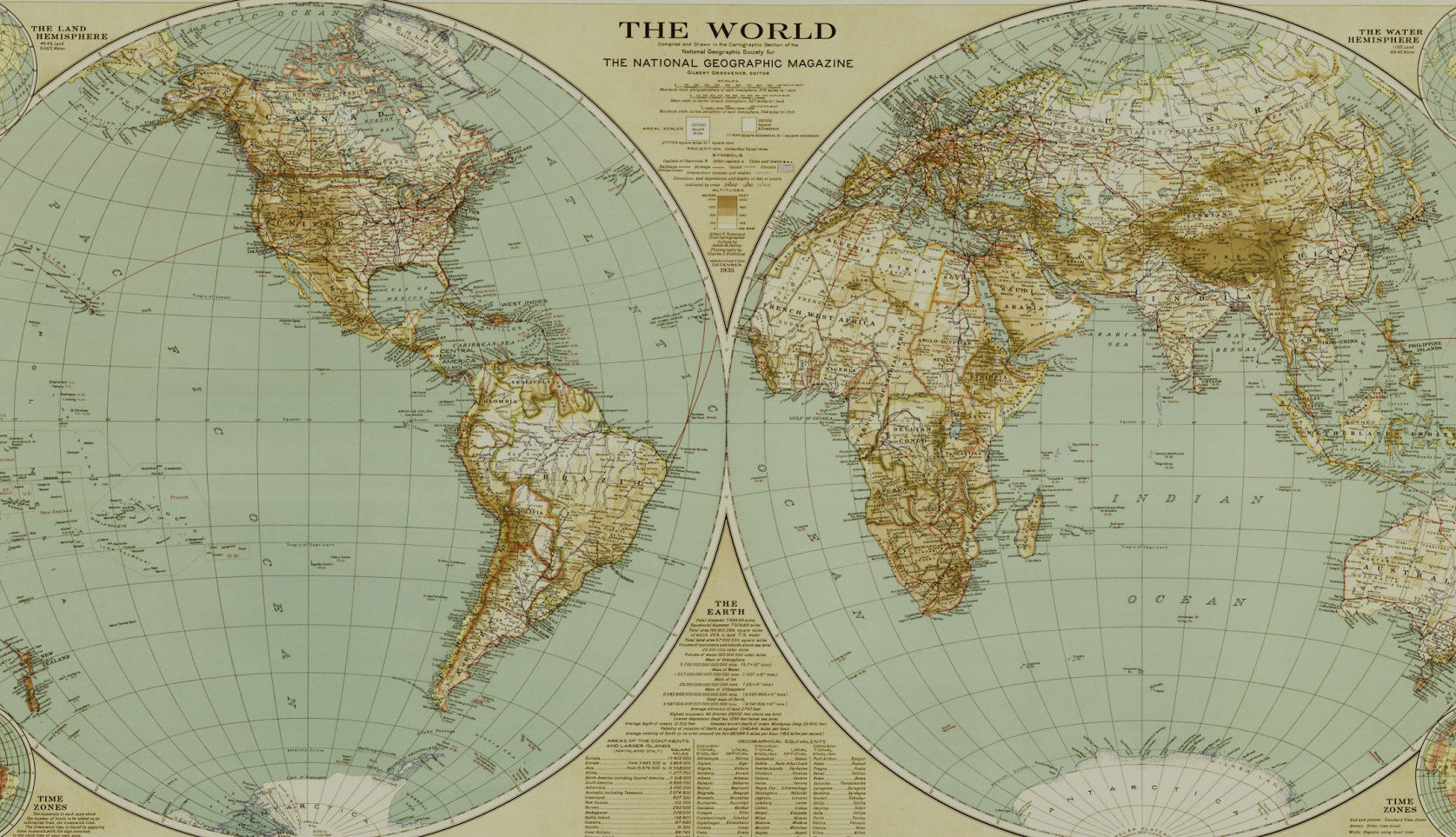Goodbye New Zealand! Noho iho rā!
I had a fantastic start to my Global Archaeology journey and it is very difficult to summarise all I saw and experienced in New Zealand. Physically my time there was often challenging: it was very hot and humid which made it difficult to excavate. There was a heat wave in the North Island while I was there, so although the highest temperature was only about 30C the humidity made it seem much hotter, especially when I was in the full sun and shoveling out a kumara pit!
The landscape that I encountered on a daily basis was mainly farmland over rolling hills cut by gullies. In the wilderness you encounter an altogether different landscape: tall palms, cabbage trees and ferns create a latticed canopy that is filled with a cacophony of sound created by cicadas and birds. I was lucky enough to go on a few beautiful short walks through native forests at the Pirongia Forest Park and McLaren Falls Park. I also got to take a dip in both the Pacific Ocean and the Tasman Sea where at Raglan a huge wave bowled me over! A real treat was being taken up the Waikato River in the ‘little yellow boat’. Although it is a beautiful resource in Hamilton City very few people use it and we were often the only people on the water. As an archaeologist it is always interesting to traverse the landscape in the way it would have been in the past. Most of the Maori settlements in existence when Europeans first arrived in New Zealand were on the coast or along major rivers: waterways were the highways.
While many of the sites and activities I did while in New Zealand were a bit ‘off the beaten track’ some more conventional tourist sites stand out. In particular the Hamilton Botanic Gardens, the Canterbury Museum in Christchurch, the walk to the summit of Mount Maunganui and the Otumoetai Pā in Tauranga. In all these places I saw and/or heard interesting wildlife. Some species were deliberately introduced by European settlers, some by the Maori when they first arrived in New Zealand, and some were self-introduced from Australia. Except for those I saw at the Willowbank Nature Reserve like the Kiwi and Kunekune, the native species I heard or saw in my day to day experience were the Fantail and various gulls. Luckily there are very few species that can hurt you in New Zealand! In terms of cultural tourism experiences, visiting the Ko Tane Maori Experience was very valuable. Through this experience I was able to hear the Maori language being spoken and sung (not something that happened in my day to day experience, perhaps out of politeness to those of us who only spoke English).
Like many parts of the world that have been colonised, New Zealand’s archaeology can be seen as divided between Maori and ‘European’. While the later ‘European’ archaeology is also interesting and significant to the history of New Zealand, as a visitor to the country I feel very lucky that I was able to excavate archaeological features created by the indigenous population. The Maori horticultural sites I was excavating while in New Zealand likely date to before the arrival of Europeans. The information these excavations provide sheds light on past processes of kumara horticulture that may no longer be practiced or even known about. The types of features we were encountering were: kumara storage pits and structures, borrow pits, fire pits and post-holes.
In New Zealand all archaeological excavations are monitored by a member of the local iwi. In the Bay of Plenty region the iwi monitor was an elder of that community who was there to observe and comment. In the Waikato the iwi decided to have four members involved on a rotating basis and interact directly with the archaeology and the archaeologists to learn about archaeology and what we were finding on the site: basically archaeology 101. Not only was I able to understand more about the archaeology I was excavating through explaining the methodology behind it but I was able to discuss the cultural practices the archaeology reflects with those closest to it. When you are working with another person in close proximity, for instance excavating a small archaeological feature together, it is easy to allow the conversation to flow and not feel forced like it could in a formal or interview type situation. I developed friendships with everyone I worked with in New Zealand, both the archaeologists and the monitors, and learned so much about the archaeology as a result.
For the local iwi in both the Waikato and Bay of Plenty it is of significance that Maori archaeology is being found at these locations. In some instances Maori have oral traditions that indicate their ancestors occupied particular regions or locations and uncovering archaeology at these spots adds to their cultural understanding of the landscape. In particular, for the iwi we were working with in the Bay of Plenty region the exact location of the archaeological remains is highly significant. The fact that Maori archaeology has been excavated at a location where it has not been found before completely changes how the history of the region is understood.
I fell in love with New Zealand and its archaeology! The people I met were extremely generous, hospitable and easy going. It was difficult to not give in to temptation and stay! However, the next stage of this adventure was calling and I had to go… I’ll just have to go back to New Zealand one day.
